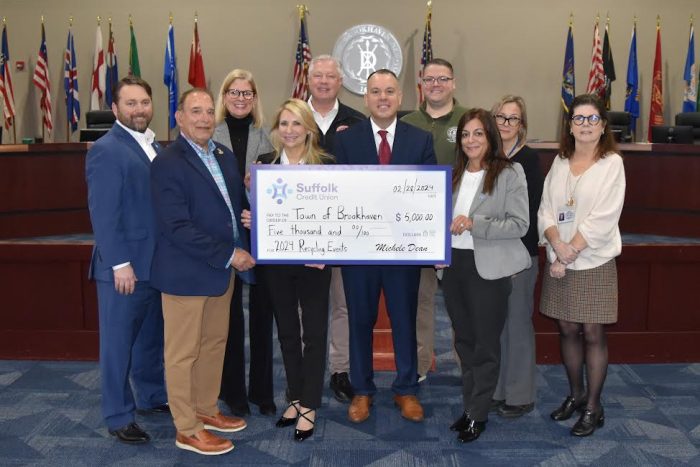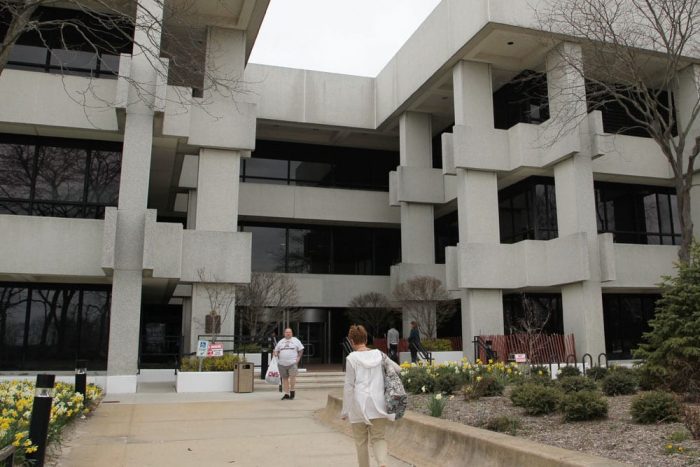By Daniel Dunaief

A long time ago, I joined a Freshman Outdoor Program trip before the start of college. The venture provided us with a chance to meet other incoming college students, to enjoy hiking, and to ask upper class students who were leading the effort questions about classes, places to eat on campus, and anything else that crossed our minds.
I was excited and anxious about my trek along the trail, in part because I was unaccustomed to relieving myself anywhere other than on a porcelain throne.
Recognizing my trepidation, my father, who sensed an opportunity to tease me, asked in the weeks before my trip how I was going to “poop in the woods.” My fear of taking care of business out in nature was even greater than my concern about my class selection, my choice of major or the unfamiliar roommates I would meet upon my arrival on campus.
In the days leading up to the trip, which lasted about a week, I tried to cut back on my food intake and I planned to use a bathroom with indoor plumbing as often as possible before climbing aboard the Appalachian-trail bound bus. For more than a day, I successfully shut my system down, avoiding the normal routine. Somehow, for close to two days, I managed to eat, carry about 60 pounds on my back, hike up and down mountains, and avoid pooping in the woods.
Then, as if my body refused to obey my stubborn will, I couldn’t take another step. Seeing me freeze on the trail, one of our upper class guides asked me what was wrong. Did my feet hurt? No. Did I need some water or food? No and no. Was I in pain? Yes, but not in the way I wanted to discuss.
I indicated that I had to “use the bathroom.” The guide told the group to stop, at which point I removed my backpack, took the small shovel we used to create our own buried fertilizer, and raced off to the left. How far, I wondered, would I have to go to avoid being seen by my fellow students, but be close enough that I didn’t seem like I was reading the New York Times while awaiting the arrival of the number two train?
With each step, my system recognized that I was getting closer to relieving itself, which meant that I couldn’t go much further without risking soiling myself. I picked a spot that had what looked like poison ivy. Moving over, I found another place that looked nothing like the comforts of home, but would have to do. After I dug a small hole, I squatted. I immediately felt something brush against my right butt cheek.
I turned around quickly and realized, with relief, that it was just a branch.
Throughout the decades that followed, I have put considerable effort into finding a toilet and to avoiding unpleasant restrooms. The search for a relatively clean and manageable bathroom has involved walking into nice hotels in cities around the country and world.
To my great surprise, the McDonald’s at the Spanish Steps in Rome, which has a surprisingly appetizing-looking pasta bar that we couldn’t get ourselves to sample while in Italy, had remarkably clean bathrooms, which my wife and I used many times while trekking around the historic city.
Central Park, which is improbably spacious and beautiful amid the concrete jungle of Manhattan, has a web page with the locations of public restrooms around the park, although, despite living there for over a decade, I rarely ever used.
Throughout Manhattan, I have searched for restaurants, museums and bars, where the bathrooms don’t become stadium-level sullied until well after happy hour begins.
With the advent of social media, which took off well after I left New York City, I have found several pages dedicated to the process of finding a bathroom, including one called @poopersguide, which has pictures of the facilities.
Recently, I went to a fancier restaurant outside the city. To set the mood, the lighting was fairly dim. An accommodating waiter even came over, took out his iPhone and smoothly shined his flashlight over the menu.
When I excused myself to use the restroom, I came back with a small smirk on my face and was met with expectant looks.
“Well, that was the cleanest restaurant bathroom I’ve ever used,” I laughed. “I was a little concerned about using it. Oh, and I know where we can read the menu next time. The lighting in there was brighter than anywhere in my house.”















